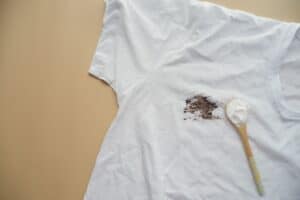How to organise paperwork
- to keep your sanity and to do it sustainably!
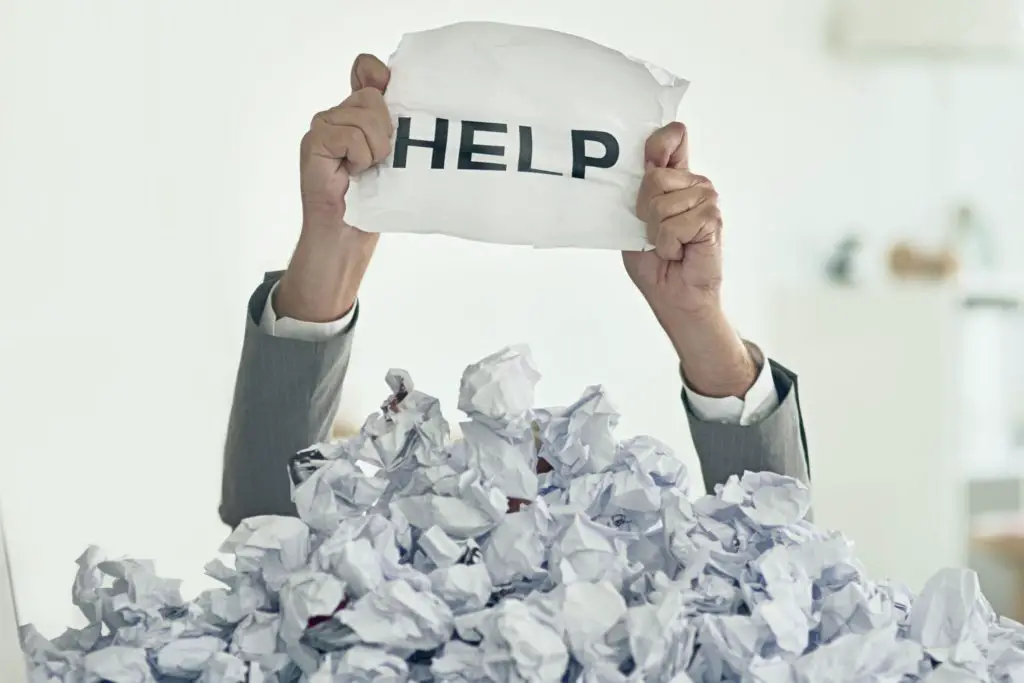
The best way to keep your sanity when dealing with paperwork is to have a system in place that takes away any guesswork. My system is to have four places set up to organise paperwork – a place for short-term items, transient items, long-term items, and permanent items. Then it’s a case of adopting some simple habits to maintain this system. This doesn’t involve much other than making sure papers go into one of the storage areas straight away – if it is set up right, this should be a quick and easy task. Anything that needs to be scanned and filed in a particular way goes into the “transient” storage space to deal with later. Then once or twice a year, you will need to go through the transient storage space to scan the items for electronic storage. I find it doesn’t take much effort to scan and electronically file paperwork away. I personally can get away with doing it once, maybe twice a year, and it takes maybe half an hour at the most to get my yearly paperwork in order.
Let me explain how.
In this blog post, I will be covering the answers to these questions:
So let’s get into it.
Why bother organising your paperwork?
Short answer – to prevent future pain. The pain of having to sort out piles and piles of papers at a later date, the pain of trying to find something important you need, the pain of trying to find a place for reams of paperwork.
You can remove that pain from your life by getting organised.
But don’t worry, this is not about organising EVERY TIME papers enter your home. The system I recommend is not about that – the system recommended here is in between daily action and not doing anything at all 

So let’s get into it.
How do I organise paperwork?
As everyone’s life is different, it can be hard to recommend a system that suits everyone perfectly. But this is a framework you can start with and adapt over time as you see fit.
I suggest setting up fours areas to store paperwork:
- Short term items – I use a junk drawer to store items that I need for a short period of time
- Transient items – I use a single plastic folder/sleeve to store items that need to be scanned
- Long term items – I use a small filing cabinet/ drawers to store product manuals and receipts
- Permanent items – I use a small sturdy folder to store important documentation
Okay what do these categories mean and how does it all work?
Short term items
These are items needed for a short while and can include:
- schools notes
- brochures and advertising material
- information booklets
I guess most people would suggest not letting this type of paper enter the house but for most households, it’s just a part of life.
It helps to have a junk drawer to collect papers that arent official and could easily be thrown away, but are needed in the short term.
Now when it comes to school notes, they don’t always go into the junk drawer. It’s best to deal with them on the day they come in – signing whatever needs signing and putting any important details into your phone before throwing the note into the compost or recycling.
But sometimes you may get information that you need to hold onto longer, like classroom info or logins and passwords that are important to remember. A junk drawer is a good place for these items.
If you happen to pick up catalogues and other similar items that you like to have in physical form, you are unlikely to need them forever, so keep them on hand in the junk drawer.
Transient items
I recommend that you scan and store all official documentation or anything that you think is important to keep – there is no reason these days to keep items in paper form (there are some exceptions, noted when I go through Permanent items).
You could scan and electronically file away documents as they come in but frankly, that would drive me insane!
The best system is to have a plastic sleeve that you can use to collect paperwork that needs to be scanned and deal with that at regular intervals during the year. Because I have gone paperless for most of my bills and statements, I can get away with doing this once, maybe twice, a year.
The type of items that would go here can include:
- Bills
- Tax-related documentation
- Health records
- Insurance statements (not the policies themselves, which can be found online and do not need to be scanned)
- Bank statements
- Registration papers
- Contracts and agreements
Needless to say, don’t automatically put the paper into the plastic sleeve if it is a bill that needs to be paid. For a bill that needs to be paid, get onto that as soon as you can, then put the paper in the plastic sleeve to sort out later.
Once these items are scanned, they will go into recycling or the compost bin, so there is no need to find a permanent storage solution for these papers. They will be out of your life.
Long term items
Like the short term junk drawer, this is another category that you could potentially do without if you wanted to be brutal and completely rid yourself of any paperwork.
I use a filing cabinet/ drawer system (as shown below) to store product manuals and receipts (let’s have a good laugh over the picture below, looks so sad but it was the best photo I had on hand… and please ignore the labels – they make sense to me and me alone).
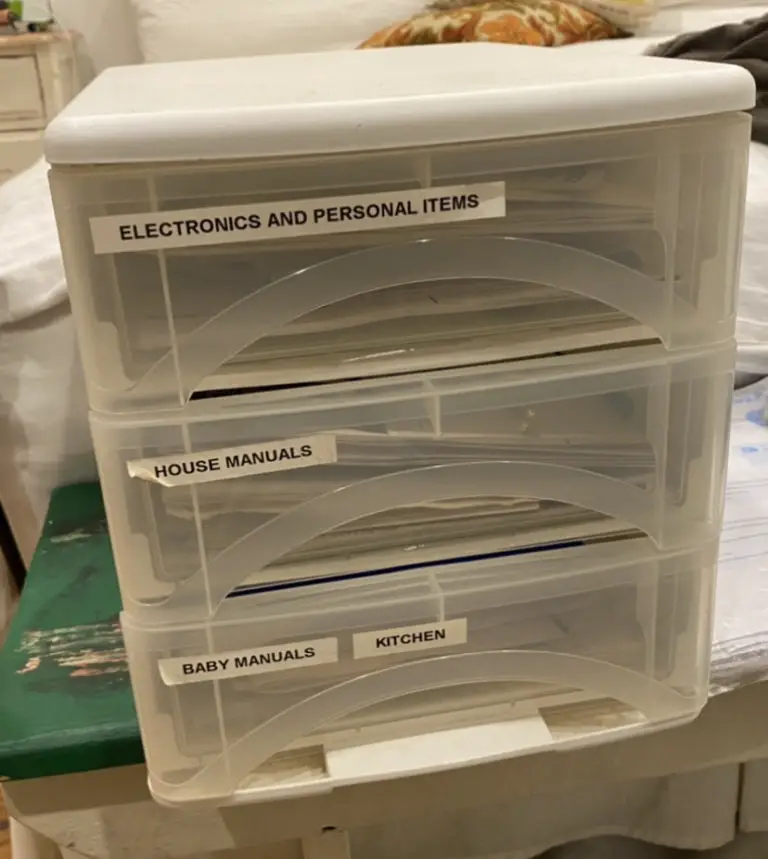
I say you could do without this because receipts can (and should) be scanned and stored electronically and then thrown into recycling. And product manuals are usually found online, so you don’t need to hold onto the paper form.
However, I find it easier to have these in paper form. That way when a product breaks down, I’m not fussing around online to find a manual or the receipt of purchase. Also when it comes to repairs and other services, it’s easier to check the history of what you have paid for in the past when you have the paper form on hand.
That said, it is important to have an electronic record on hand because receipts can fade over time. For an overview of what I do to manage this aspect, read my blog post: https://sustainablysorted.com/how-to-organise-receipts/
Permanent items
Lastly, you will need a place for important documents that can not be thrown away.
This should include:
- Birth and marriage certificates
- Other official certificates
- Legal documentation required in paper form
- University degrees and transcripts
- Passports
- Wills
A strong waterproof folder works well to store these official documents.
Something else you may want to keep permanently is kid’s artwork and sentimental items. Now needless to say you need to be very selective about this – you can’t hold onto everything!
But the whole issue of sentimental items and things you keep for the memory they hold is a whole other topic that will need to be covered separately. In general, I would keep these items separate from general paperwork.
What habits are needed to maintain the system?
Confused about how this system works? Here are some habits to adopt to get this working for you:
Habit 1: Pay bills and sign notes as they come in
If you get notes that need signing, get onto that immediately. Store details of the note on your phone or take a photo and then recycle/ compost the note.
Likewise, with bills, you will want to get onto that as soon as you can. And only then you can think about putting the bill away in the transient storage space.
Habit 2: File paperwork away as soon as you receive it
Once paperwork enters your home, decide if it’s something:
- you need for a moment (short term item)
- something to scan and trash later (transient item)
- something you need to keep for future reference (longer-term item) or
- something official that you need to keep forever (permanent item)
Then store it away accordingly. That’s the only daily action you will need to do.
Habit 3: Review the short and long term items when needed
I recommend you review the junk drawer and the drawer/cabinet that contain warranties and receipts when the drawers look like they are getting full.
Relying on this visual cue takes the guesswork out of when you should be sorting out your paperwork. Because yes, you still need to sort out your paperwork on occasion – you can’t let it build forever. But don’t worry, this shouldn’t need doing all that often. I find I need to clear out:
- The junk drawer perhaps once a year.
- The drawers with warranties and receipts every couple of years (depends on how much you buy!)
Habit 4: Scan transient items when the folder is full
Again it’s a case of relying on visual cues to action paperwork – there is no need to scan and electronically file paperwork every time you receive it. You can do it when the plastic folder holding paperwork gets full.
And if you follow one of my other tips below, you could probably get away with doing this once or twice a year.
A scanner where you can feed through documents and have both the front and back scanned automatically makes this job a whole lot easier. If you don’t have access to a scanner like that at home, you can go to a place like Officeworks to have the documents scanned for you. Just make sure each document is scanned separately.
Habit 5: File away your documents electronically
Set up a folder on your computer, on the cloud, and on a hard drive to store the documents you have scanned.
I have my folders organised by years:
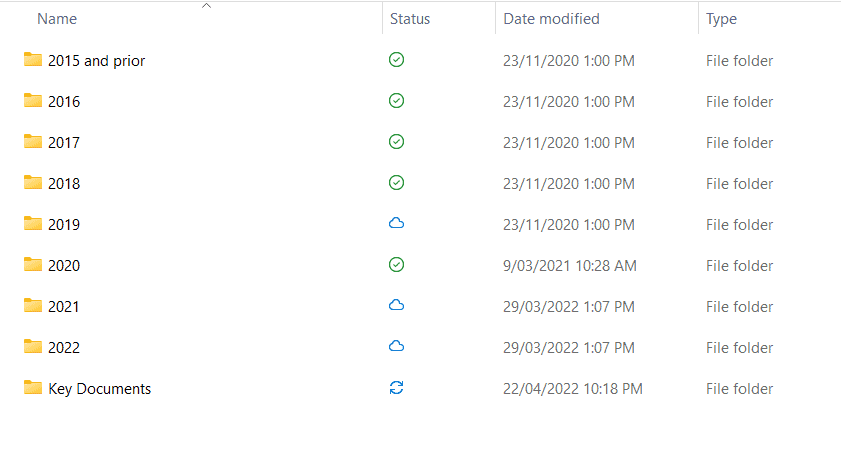
When I save a document to the folder, I use the naming convention: maincategory_subcategory_date
The main categories I use are:
- Bills – for electricity, gas, internet, phone, etc.
- Home – for insurance, loan, rates
- Car – for rego, servicing, insurance
- Receipts – for any receipts or notices
- (for personal items) name of the person the item relates to – for tax, employment, super
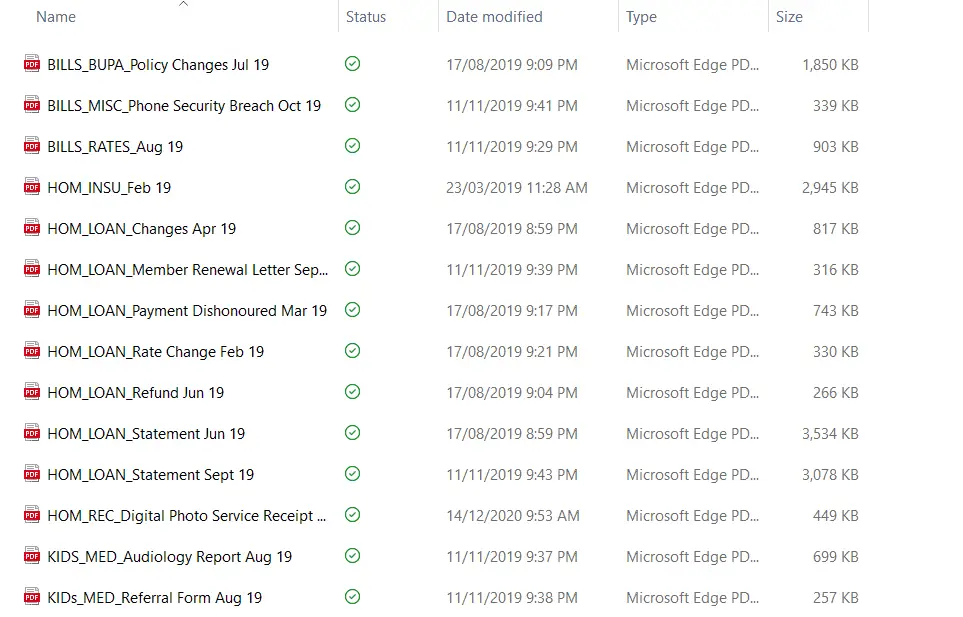
Really whatever makes sense to you (words mean different things to different people so no hard and fast rules when it comes to this). However, having a date at the end of the document name is helpful when you go search for an item.
How do I organise paperwork sustainably?
Tip 1: Go paperless!
When you receive something in the mail and it’s from a company that regularly sends you mail (even if it’s only annually), go online or give them a call to go paperless.
Of course, if you receive a lot of mail, doing this each day would get overwhelming. Perhaps pick one or two companies to call each week.
Over time, you will chip away at it. And over time, less and less will come through the mail. And that means less and less paper for you to deal with.
Tip 2: Recycle or compost all paperwork (except receipts)
Needless to say, paper is recyclable. So nothing should end up in the trash when managing paperwork.
While going through my paperwork I had several questions about recycling and composting. The questions and a short answer to them can be found below.
* Can you recycle shredded paper? Yes
* Can you compost shredded paper? Yes
* Can you recycle glossy paper? Typically yes
* Can you compost glossy paper? Recommended you do not
* Do you need to remove stables and sticky tape before recycling? No
Those answers do not hold true in all scenarios when it comes to recycling. If you are after the full answers to the recycling questions, you can find them in these blog posts:
* https://sustainablysorted.com/paper-recycling-in-australia-part-1/
* https://sustainablysorted.com/paper-recycling-part-2/
In summary...
So in summary, create four places to store paperwork for:
- items you need to reference in the short term
- transient items to scan
- items you need to reference in long term
- items to keep permanently
You only need to sort through the short term and long term items when the storage containers/drawers get full – there is no need to go through the papers any sooner unless you feel compelled to.
Likewise, the folder used to store transient items only needs to be dealt with when full. Once it is full, it’s time to scan and electronically file the documents.
Once you scanned the document or determined you no longer need it, don’t forget to recycle or compost it.
xx Tahsin

